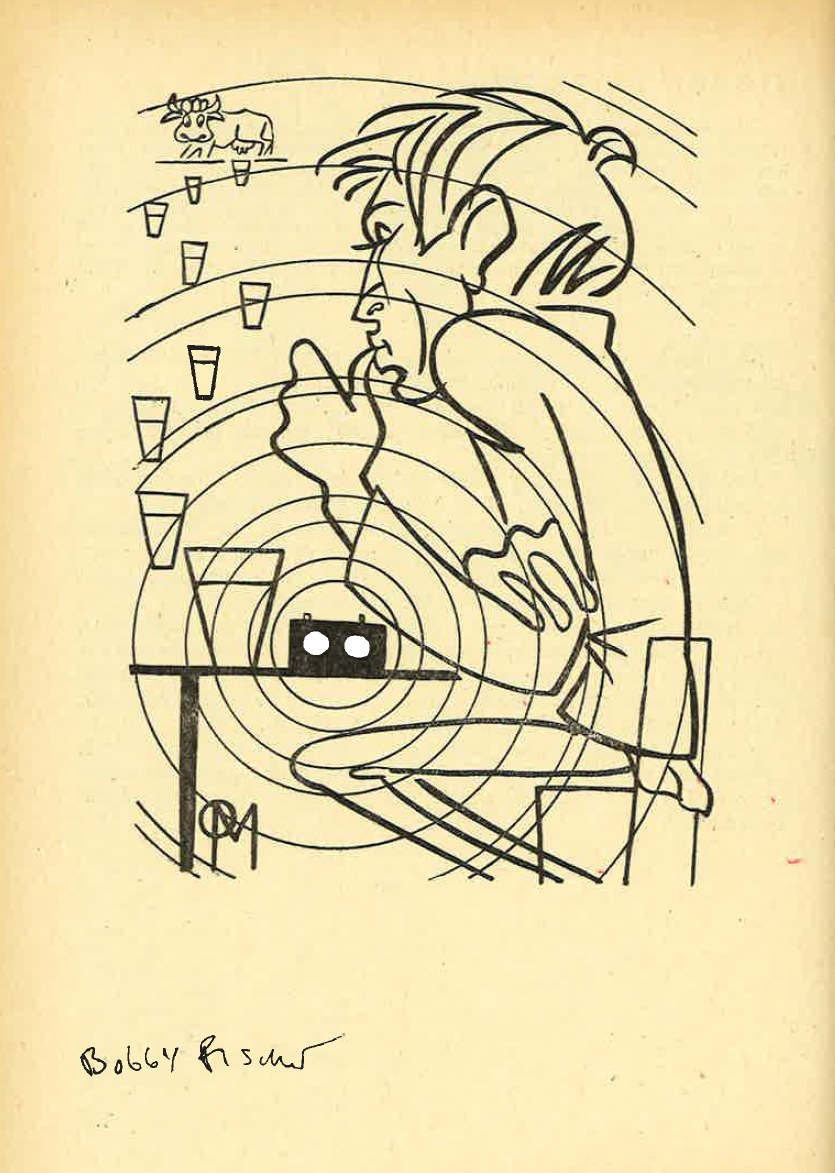


Bobby Fischer obtained an astounding 18½ out of 23 score to win the 1970 Interzonal Tournament in Palma de Mallorca. In round 5, the American genius defeated Vlastimil Hort with Black in an opposite-coloured bishop endgame, but it is not clear whether the ending was always winning!
Hort has shared his memories with the readers of ChessBase throughout the years. In 2018, he presented a 3-part series on Bobby Fischer, in which he concludes:
Genius and madness are — and might always be — close, unfortunately.
 He also reminisces on the time he met Fischer, at the 1960 Chess Olympiad in Leipzig:
He also reminisces on the time he met Fischer, at the 1960 Chess Olympiad in Leipzig:
But when did we meet for the first time? USA-CSSR, Chess Olympiad, Leipzig 1960. Fischer took a time-out but seemed to be very interested in the game on board four, Hort-Weinstein. In mutual time-trouble I overlooked a knight fork, attacking queen and both rooks. Quel malheur! But fortunately my opponent then made one mistake after the other and our famous kibitz was aghast. His expression was easy to interpret: “I wish I could have played with Black…”
When Hort describes the period in which Bobby started his run of historical results that ended with him beating Boris Spassky in Reykjavík, he wonders whether these were the happiest years of the genius' life:
His body evoked memories of Johnny Weissmüller, the famous swimmer and Tarzan-impersonator. Only the lianas of the jungle were missing on the ship. But Bobby remained faithful to his lifestyle, no alcohol, only litres of cold milk. Every now and then he jumped into the water to cool down. But all the time he hardly ever lost sight of his pocket chess set. Were the years in Yugoslavia from 1968 to 1970 the happiest of his life?
[Drawing: Otakar Masek]
It was around this time that Fischer beat Hort in an endgame that was not clearly winning. We asked our readers to help us with this historical riddle, and the conclusion was: The starting position of the riddle is a draw!
Against Vlastimil Hort, he needed a lot of Sitzfleisch (perseverance) in order to pocket the full point due to the presence of opposite-coloured bishops. And Hort missed opportunities to defend.
Opposite-coloured bishops have two faces. Pure endings with opposite-coloured bishops are very drawish but in the middlegame the opposite-coloured bishops favour the attacker. So when more men are on the board, the middlegame guideline gains more and more importance. This is a borderline case due to the reduced material.
Again, Zoran Petronijevic provided the best solution. His conclusions are:
 1. The starting position of the riddle after 55...Bd4 is a draw.
1. The starting position of the riddle after 55...Bd4 is a draw.
2. Passive play with 55.Rf1 leads to a relatively easy draw.
3. The move 57.Kg2 is a mistake which leads to losing position. Instead, 57.g5 leads to equality.
4. Fischer's 58...Bc5 is a mistake. The winning move was 58...Bc1.
5. 59.Kg3 is a decisive mistake, after which Black is lost.
It is very hard to analyse such positions because of the opposite-coloured bishops. Such positions are impossible to calculate — we need to make plans. That’s why I spent a lot of time.
In our replay board above there are a large number of functions you can use to really understand the game and the analysis. Recently we published a comprehensive tutorial plus video instructions which tells you about all the powerful features and buttons that make the ChessBase's replay one of the best replay experiences around.
One big advantage is that you can start an engine (fan icon) that will help you to analyse. You can get multiple lines of analysis by clicking the + button to the right of the engine analysis window. The "!" key, incidentally, shows you the threat in any position, which is incredibly useful in the case of unclear moves.
 There is one more thing you can do. It is a lot of fun, but also a serious challenge: Click on the rook icon below the notation window. This will allow you the play the above position against Fritz, at your level of playing strength (e.g. "Club Player"), right here on the news page. Note that your analysis, in which you can delete, move or promote lines, is stored in the notation as new variations. In the end you will find the game with your analysis in the cloud. So nothing is ever lost.
There is one more thing you can do. It is a lot of fun, but also a serious challenge: Click on the rook icon below the notation window. This will allow you the play the above position against Fritz, at your level of playing strength (e.g. "Club Player"), right here on the news page. Note that your analysis, in which you can delete, move or promote lines, is stored in the notation as new variations. In the end you will find the game with your analysis in the cloud. So nothing is ever lost.